If you had asked a young child 50 years ago to draw a picture of a scientist, about 99% of the drawings would be of men.
Ask children to do the same drawing today, and close to a third of the pictures would be of women.
This change through the decades was charted in a new study that examined how children develop gender stereotypes in science.
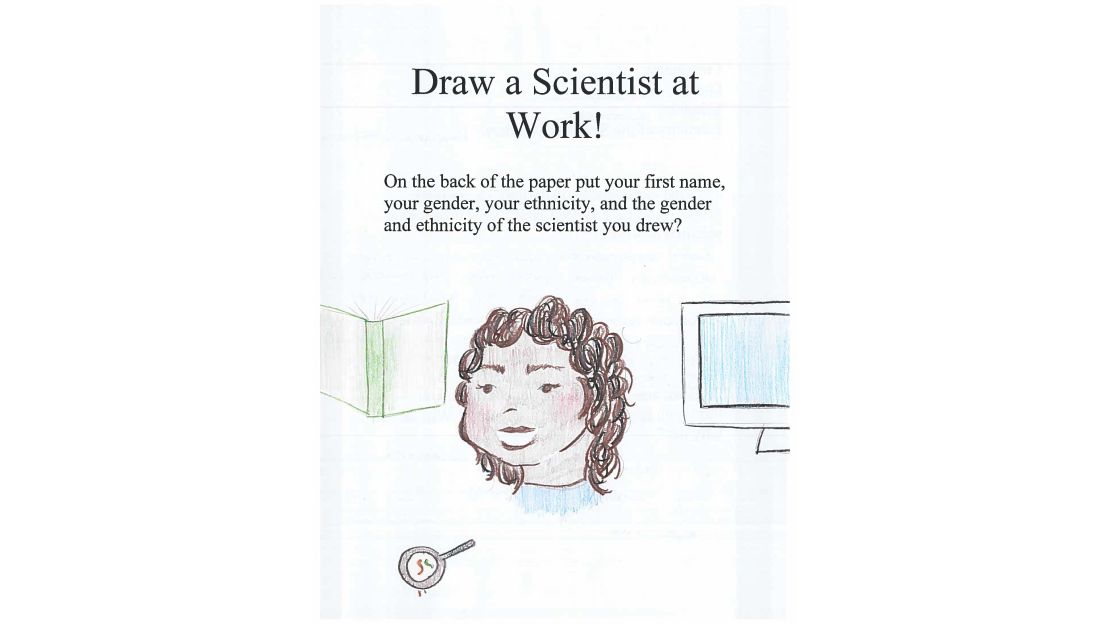
The study, published in the journal Child Development, looked at 78 different studies involving more than 20,000 children, research stretching from 1966 to 2016. It found that children now are increasingly likely to depict a scientist as a woman.
David I. Miller, lead scientist on the study and a PhD candidate in psychology at Northwestern University, told CNN its a reflection of both more women in science and more female scientists being represented in the media and popular culture.
“We’re seeing more women earning science degrees and becoming scientists,” said Miller, whose research notes that since 1960 the percentage of women employed as a scientists in the US “rose from 28% to 49% in biological science, 8% to 35% in chemistry, and 3% to 11% in physics and astronomy.”
But depictions of female scientists in magazines, on TV and in the movies help, too.
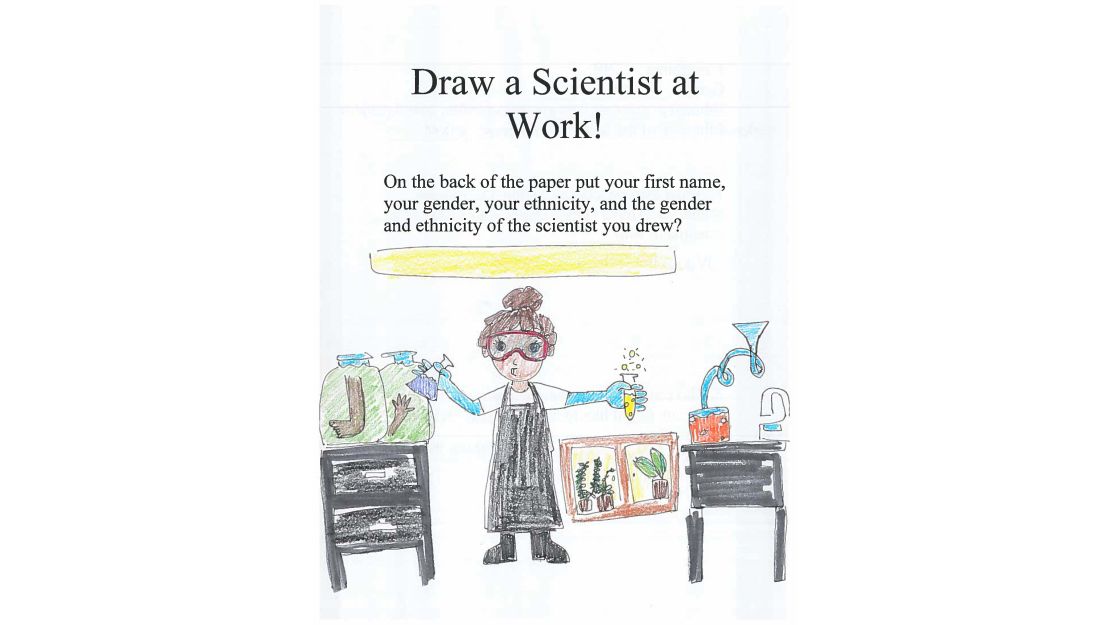
Miller cited movies like “Hidden Figures,” the story of black female trailblazers at NASA, as an example of pop culture that is reshaping kids’ minds on gender norms in science, as well as the increase of images of female scientists in such kids’ media as Highlights magazine. Miller said in the 1960s only about 13% of scientists were depicted as women in Highlights. The number today is up to around 44%.
“Children are picking up ideas from what they see,” he said.
Things change as children age
Miller and his team spent a large part of their time looking at research from 1966 to 1977 in which 5,000 elementary school students were asked to draw a scientist. Only 28 kids (all girls, Miller pointed out) drew a woman, which worked out to less than 1% of the drawings. The most recent research, which spanned 1985-2016, saw children draw a picture of a female scientist about 28% of the time.
But things regress slightly as children get older. The research also showed that as children age and reach high school, they become more likely to go back to depicting scientists as men.
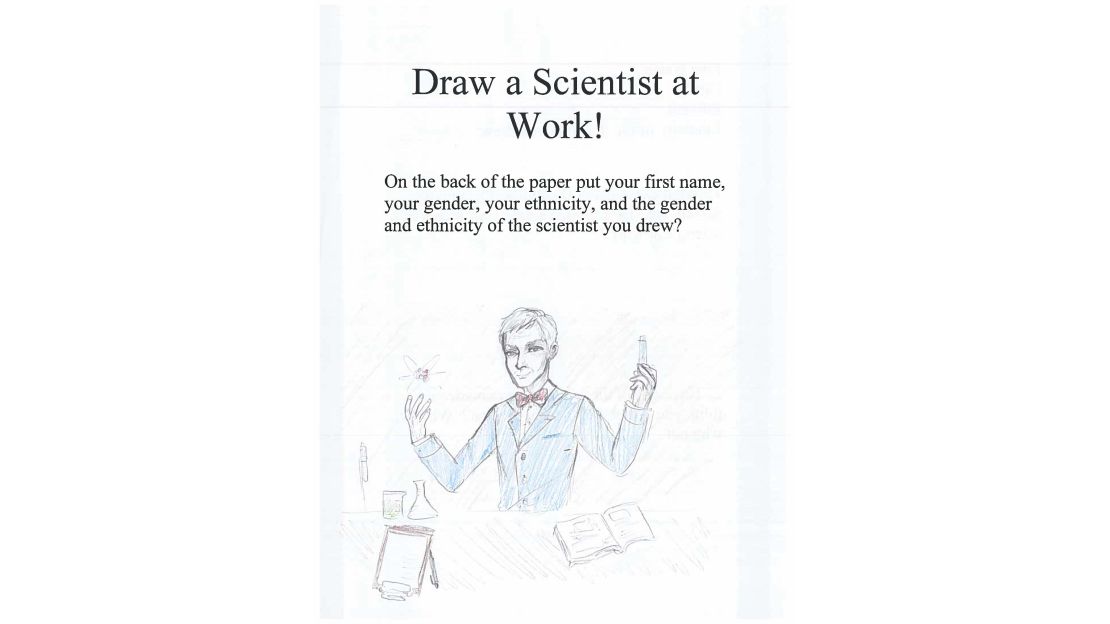
“During elementary and middle school, the tendency to draw male scientists increased rapidly with age,” the study says. “When children started high school at ages 14-15, they drew more male than female scientists by an average ratio of 4-to1.”
Miller explained that while some gender stereotypes emerge “very early, as early as ages 2 or 3,” most children just starting kindergarten at age 5 haven’t adopted the stereotype of the male scientist because they don’t yet have a real frame of reference for what a scientist is.
Seeing female scientists in real life or depicted in pop culture helps shape these young children’s views, but those views change as they grow older. There are still more male scientists than female scientists, so that’s what these older kids see and that’s what’s reflected in what older children draw.
“It reflects observations that children see in their environments,” Miller said. “It reflects children’s growing awareness of cultural norms.”
Chicken and the egg
So does this mean there will be more young women pursuing careers in science? Yes, believes Miller, who likened it to a kind of “chicken and the egg” scenario: More women are going into science careers, getting degrees and jobs, partly because they see themselves depicted in pop culture and the media as scientists. And there’s more depictions of women as scientists in the media because there are more female scientists.
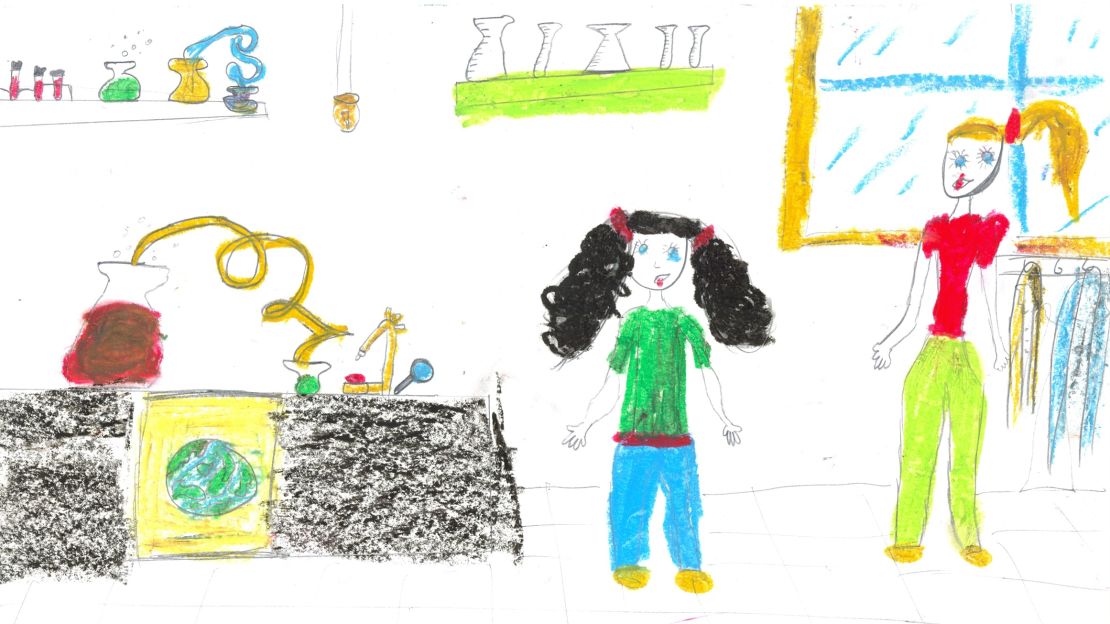
“The stereotypes about scientists have become less masculine over time,” he said.
To get more young women interested in science, Miller said we all need to recognize how crucial the elementary and middle school years are.
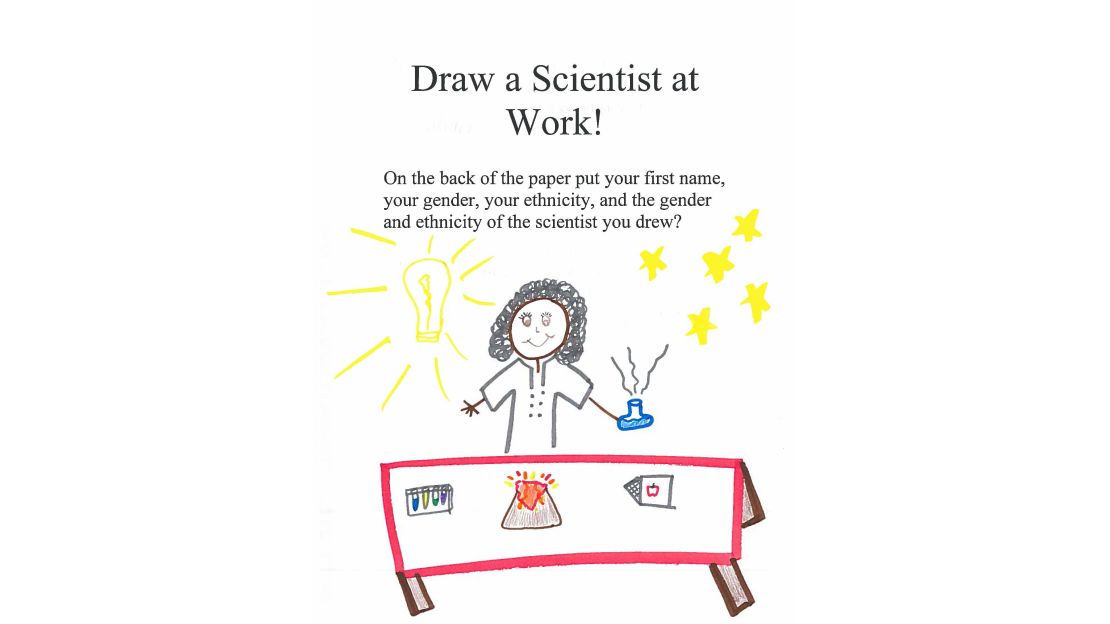
“Parents and teachers should be aware that elementary and middle school is a critical period when children are starting to learn stereotypes about scientists,” he said. “It important that students are exposed to diversified examples of scientists.”

